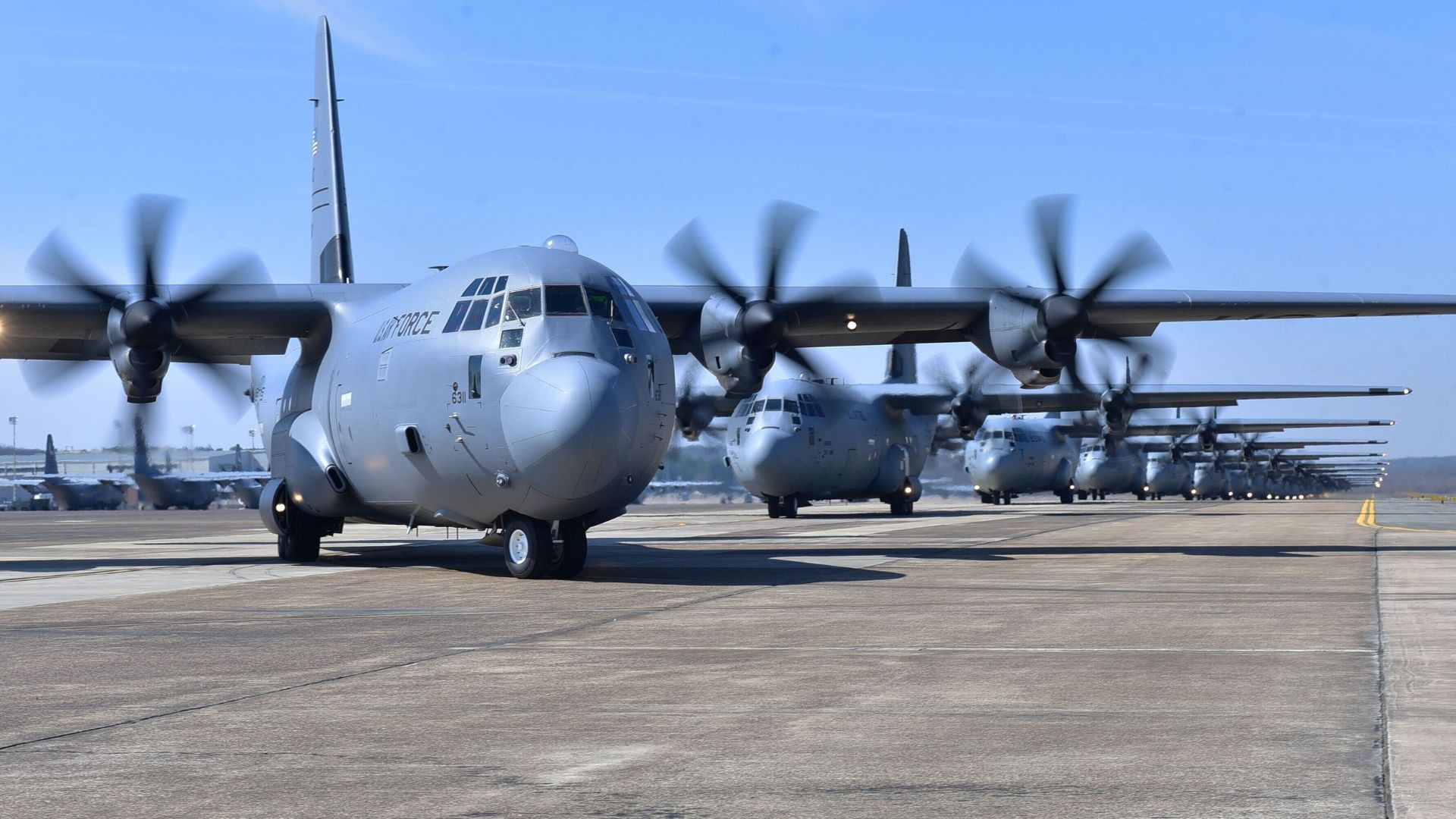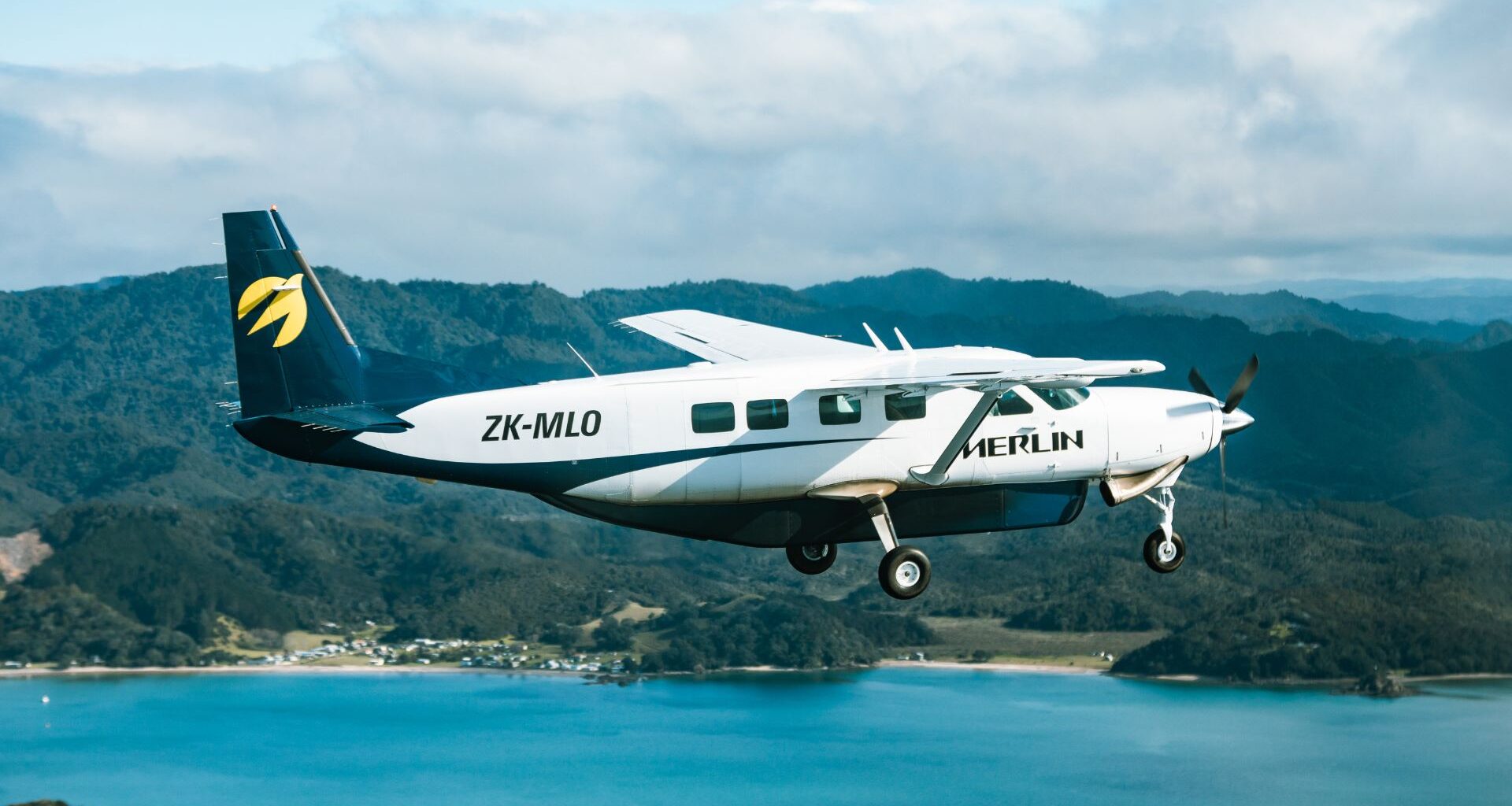Merlin is stepping into the spotlight with a bold promise: to deliver aircraft-agnostic artificial intelligence (AI) autonomy that can change the way the US military flies. The company announced last week its plans to go public through a merger with Bleichroeder Acquisition Corp. I, soon to be Inflection Point Acquisition Corp IV, valuing Merlin at $800 million pre-money. With more than $125 million already committed to accelerate growth, the deal is expected to close in early 2026.
A Single Autonomy System for Every Aircraft
At the center of Merlin’s mission is the Merlin Pilot, an AI autonomy platform designed to work across any aircraft type.
Unlike systems built for a single model or mission, Merlin’s technology is reportedly adaptable, ranging from heavy lifters like the C-130J and KC-135 to smaller platforms and even drones. For the US military, this flexibility is a big deal. A single autonomy system that can scale across fleets means faster adoption, more consistent performance, and a streamlined approach to integrating AI into critical missions.
The US Special Operations Command (SOCOM) has already taken notice. They awarded Merlin a $105 million contract in June 2024 to integrate its autonomy system into the C-130J, a workhorse for special operations worldwide.
The US Air Force also had an earlier agreement, signed in February 2024, to bring the Merlin Pilot onto the KC-135, a key aerial refueling aircraft.
 A fleet of C-130J aircraft (US Air Force)
A fleet of C-130J aircraft (US Air Force)
Together, these projects show how autonomy can move beyond experimental flights into real operational use where reliability and trust matter most.
Certifying Autonomy for Wider Use
Merlin is also working through civil certification with both the Federal Aviation Administration and New Zealand’s Civil Aviation Authority. That means the same system being tested in combat-ready aircraft is on track to receive regulatory approval for broader use, a step that could open doors for dual military-civil applications.
Partnerships with Northrop Grumman and Honeywell further strengthen Merlin’s push to prove its technology in complex environments.
Merlin is stepping into the spotlight with a bold promise: to deliver aircraft-agnostic artificial intelligence (AI) autonomy that can change the way the US military flies. The company announced last week its plans to go public through a merger with Bleichroeder Acquisition Corp. I, soon to be Inflection Point Acquisition Corp IV, valuing Merlin at $800 million pre-money. With more than $125 million already committed to accelerate growth, the deal is expected to close in early 2026.
A Single Autonomy System for Every Aircraft
At the center of Merlin’s mission is the Merlin Pilot, an AI autonomy platform designed to work across any aircraft type.
Unlike systems built for a single model or mission, Merlin’s technology is reportedly adaptable, ranging from heavy lifters like the C-130J and KC-135 to smaller platforms and even drones. For the US military, this flexibility is a big deal. A single autonomy system that can scale across fleets means faster adoption, more consistent performance, and a streamlined approach to integrating AI into critical missions.
The US Special Operations Command (SOCOM) has already taken notice. They awarded Merlin a $105 million contract in June 2024 to integrate its autonomy system into the C-130J, a workhorse for special operations worldwide.
The US Air Force also had an earlier agreement, signed in February 2024, to bring the Merlin Pilot onto the KC-135, a key aerial refueling aircraft.
 A fleet of C-130J aircraft (US Air Force)
A fleet of C-130J aircraft (US Air Force)
Together, these projects show how autonomy can move beyond experimental flights into real operational use where reliability and trust matter most.
Certifying Autonomy for Wider Use
Merlin is also working through civil certification with both the Federal Aviation Administration and New Zealand’s Civil Aviation Authority. That means the same system being tested in combat-ready aircraft is on track to receive regulatory approval for broader use, a step that could open doors for dual military-civil applications.
Partnerships with Northrop Grumman and Honeywell further strengthen Merlin’s push to prove its technology in complex environments.
Testing on the Model 437 Vanguard and integration across Honeywell’s wide portfolio of aircraft show how the company is positioning its autonomy as a standard rather than a niche tool.
National Security as the Ultimate Proving Ground
For defense leaders, Merlin represents more than just another contractor. It is an effort to create a unified autonomy backbone that can support everything from high-end combat missions to routine logistics.
CEO Matt George put it plainly that if AI can be trusted to fly in the toughest military conditions, it can be trusted anywhere.
“Our national security represents the highest stake proving ground. Defense airframes log over four million flight-hours per year; AI that has earned trust there earns it anywhere. We believe our entrance into the public market will allow us to double down on our existing customers, expand the volume and types of platforms we support, and accelerate our revenue growth,” George said in a statement. “Inflection Point is an ideal partner as we achieve this incredible milestone, given their track record and shared commitment to coming to market with a valuation that we believe is both attractive and reasonable.”
Going public will give Merlin the resources to push faster, expand to more platforms, and solidify its role as the US military’s go-to partner for autonomous flight.
In a world where speed, adaptability, and trust in technology define advantage, Merlin’s aircraft-agnostic AI autonomy may be one of the most important shifts in aviation the military has seen in decades.
